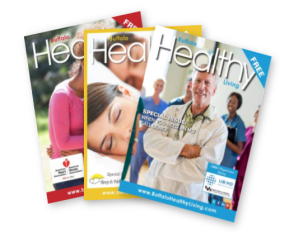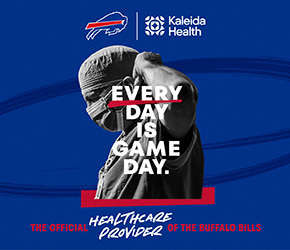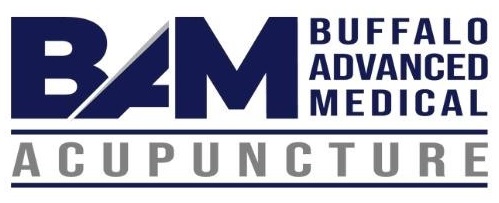Notable Statistics About CPR

Knowing how to respond during a medical emergency can be vital to saving lives, including one’s own. Emergency medical personnel like EMTs and first responders in law enforcement are trained in skills like CPR, which the American Heart Association (AHA) says can double or triple a person’s chances of survival in the event of a cardiac arrest. This is just one statistic that demonstrates the importance of learning this valuable, often lifesaving procedure.
- The AHA reports that more than 356,000 out-of-hospital cardiac arrests (OHCAs) occur annually in the United States, predominantly at homes/residences or other locations. Learning CPR saves lives!
- Nearly 90% of all OHCAs end in death, a figure that could be dramatically reduced if more people learned CPR.
- The 2023 AHA Heart Disease and Stroke Statistics report notes that just 40% of people who experience an OHCA receive bystander CPR.
- OHCA occurs more frequently in the workplace than people realize. According to the United States Occupational Safety and Health Administration, roughly 10,000 incidents of cardiac arrest occur in the workplace annually.
- Automated external defibrillators (AEDs) are lifesaving devices that help return heart rhythms to normal when individuals go into cardiac arrest. Despite the lifesaving potential of AEDs and prevalence of workplace instances of cardiac arrest, only 50% of people can locate an AED at work.
- The AHA notes that 55% of workers in corporate offices, the hospitality sector, education, and industry/labor cannot get first aid or CPR or AED training at work.
The AHA trains more than 22 million people globally in CPR each year. CPR is a potentially lifesaving procedure that anyone can learn. More information about CPR and where to seek training is available at www.cpr.heart.org.











